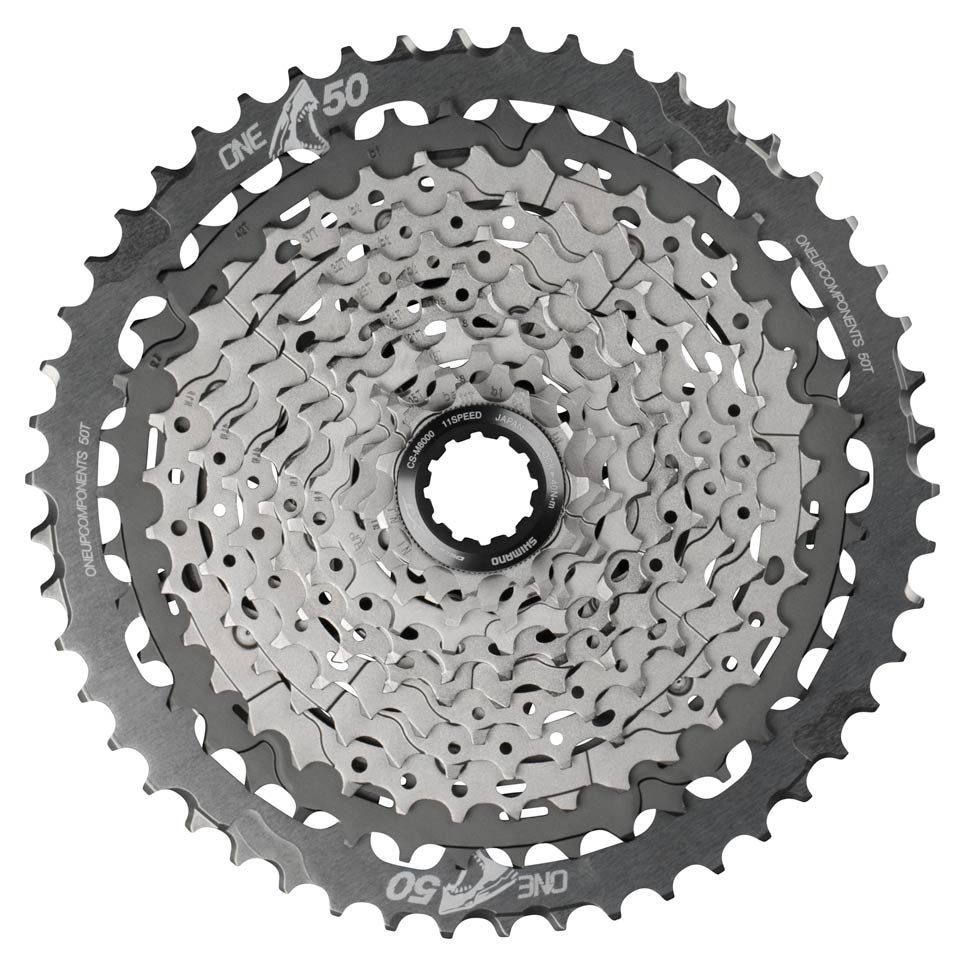Rueben
New Member
I have a question before I make a decision on the juiced cross current s. I live in Seattle and the hills can get ridiculously steep. With that in mind, how does the cross current s handle climbing up hills with certain gradients reaching 19% or more. This is especially important to be since I won't be able to circumvent the hills.
My regular type of hill is in the ball park between 10 to 15% gradient for some reference. It's just some outliers that are extremely steep.
Additionally, will the TAB turbo boost feature help me climb hills like the one that is 19%?
Thanks in advance.
My regular type of hill is in the ball park between 10 to 15% gradient for some reference. It's just some outliers that are extremely steep.
Additionally, will the TAB turbo boost feature help me climb hills like the one that is 19%?
Thanks in advance.
Last edited:
